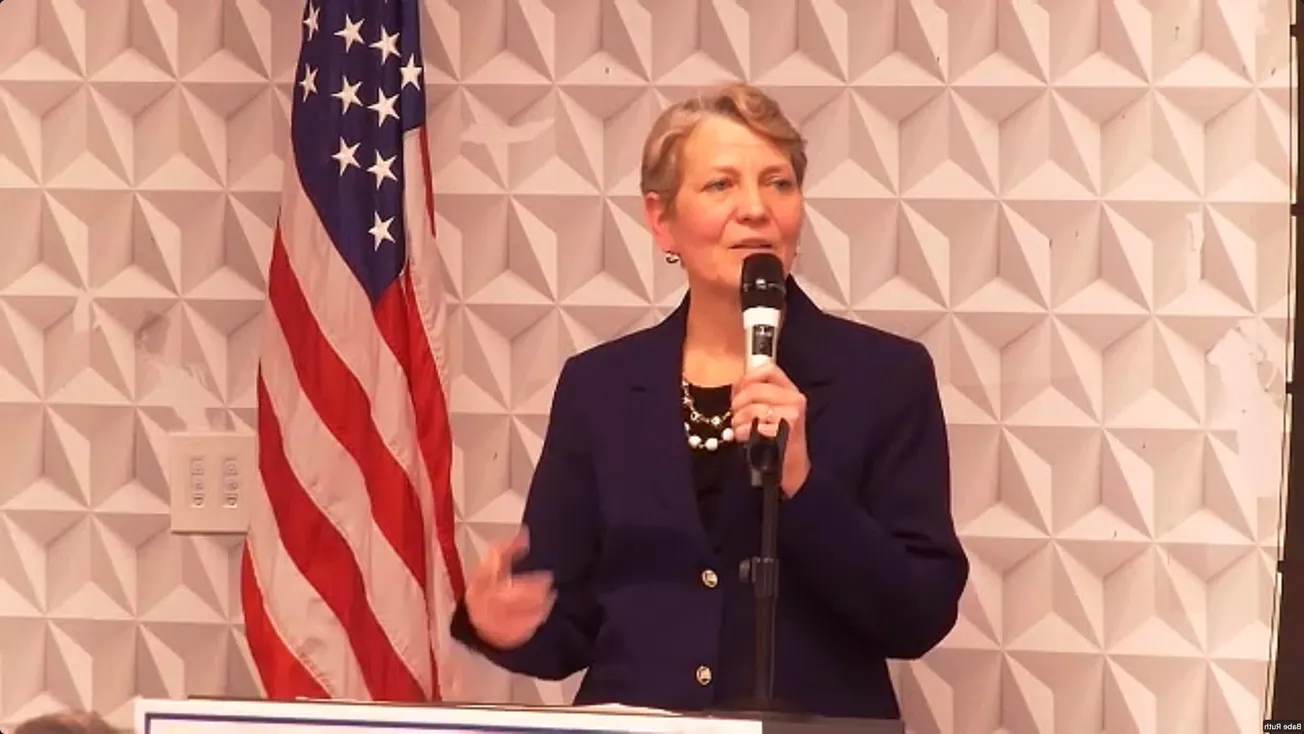The horrendous wildfire on the island of Maui, one of the archipelago chain of Pacific islands that make up the state of Hawaii, is the deadliest U.S. wildfire in over a century. Environmentalist’s are shrilly demanding that President Biden immediately declare a Climate Emergency, unprecedented, with sweeping powers. EIR’s investigation has thus far found that the Maui fire is not due to climate, but rather to the destruction of industry and agriculture of the United States.
Thus far, 99 people have died on Maui, although that total will rise; dozens remain missing. The Pacific Disaster Center states that the fire damaged or destroyed an estimated 2,207 structures on Maui; of the buildings, 86% were classified as residential. People have no homes; their cars were incinerated.
To grasp what actually happened, one has to go back to how Hawaii was run. Pineapple plantations were established in Hawaii in the 1890s, and by the early 1980s, they were sprawling, mostly under the control of the food cartel giants Dole and Del Monte, located on the Hawaiian islands of Oahu, Maui, Lanai, the Big Island/Hawaii, etc. There were also sugar cane plantations. The farmers of the plantations, mostly indigenous Hawaiians, were paid limited wages and lived in drab housing. Cartel owners lived in luxury.
In the mid- to late-1980s, Dole and Del Monte moved most of their pineapple production out of Hawaii, and had abandoned it completely by the first decade of the 21st Century. The last sugar mill in Hawaii closed at the end of 2016. The food cartels moved their pineapple plantations to areas of lower labor costs: Indonesia, the Philippines, and Guatemala. The workers were abandoned.
At this time, on the abandoned plantations, alternative crops of nutritious food should have been planted, and some manufacturing facilities built. Nothing was done for decades. Overall, during the last forty years, the real value of Hawaiian farm products crashed by fifty percent: the state turned toward tourism. More than 75% of the revenues on Maui come from tourism: The Valley Isle of Maui is the second most popular tourist destination on the Hawaiian islands.
When mankind strays, nature has its own way of warning man of his folly. Clay Trauernicht, a professor of natural resources and environmental management at the University of Hawaii at Manoa told USA Today, in its Aug 9 article, “How Did the Maui Fires Start?” that it was necessary to look to the unmanaged, non-native grasslands that have flourished in Hawaii after decades of declining agriculture, where, in reality, nothing was planted on the land.
The New York Times in an article Aug. 9, “How Invasive Plants Caused the Maui Fires to Rage,” reported on “the relentless spread of extremely flammable, nonnative grasses on the idled lands where cash crops once flourished. Varieties like guinea grass, molasses grass and buffel grass—which originated in Africa and were introduced to Hawaii as livestock forage—now occupy nearly a quarter of Hawaii’s landmass. Fast growing when it rains and drought resistant when lands are parched, such grasses are fueling wildfires across Hawaii, including the blaze that claimed [in Maui] at least 93 lives.”
Simultaneously, Hurricane Dora generated 60-mile-per-hour winds, which helped spread the fire.
Melissa Chimera, who coordinates the Hawaii-based Pacific Fire Exchange, which shares fire science among Pacific Island governments, asserted, “]T]hese grasses are highly aggressive, grow very fast and are highly flammable.” This is the culprit, the cardinal singularity that orders the whole process. Why did these grasses grow? Because the crops were not planted, the factories not built, the infrastructure not constructed on Hawaii’s land to industrialize Hawaii, and thus the land lay exposed to be taken over by the grasses.
In an interview on the show Democracy Now, Prof. Trauernicht said, Hawaii had discussed in 2019, and should have been “re-implementing agriculture, building fire-break networks, and [doing] reforestation.” In 2019, 20,000 acres had burned in Hawaii, and people gathered to figure out what should be implemented.
This has nothing to do with climate, or anthropogenic-created carbon dioxide.
Various environmentalists of genocidal intentions are calling for President Biden to declare and put the United States under a national Climate Emergency. Far better, for the United States to junk its last 50-year policies of self-destruction, and join with the BRICS-plus, the Global South, and China and Russia, in rebuilding the world.


